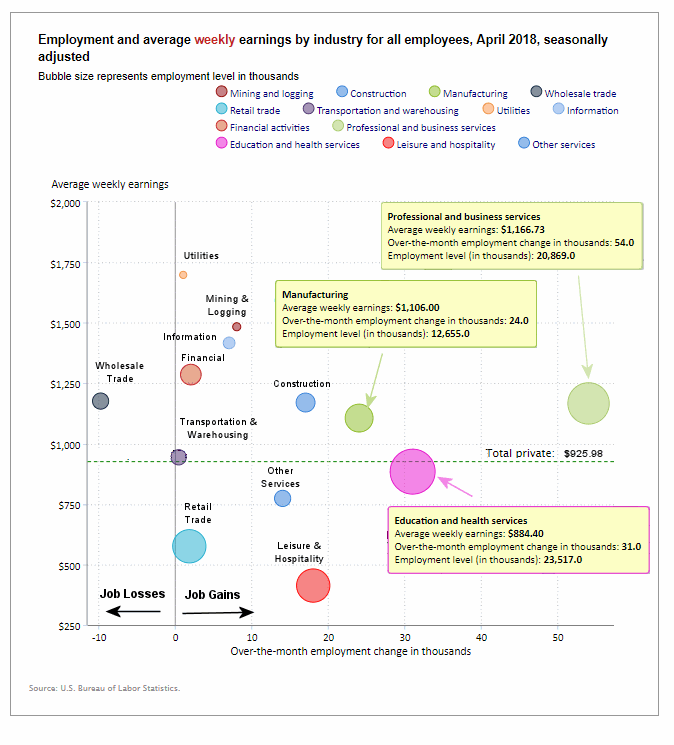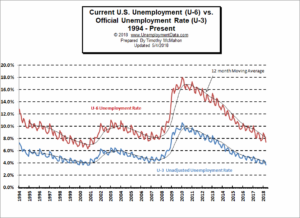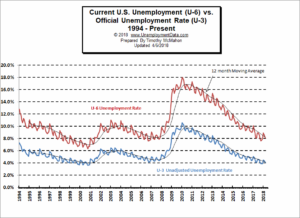You dream of traveling the world teaching English as a Second Language (ESL) and have worked hard to graduate from your chosen ESL program. It is time to start applying for your dream job. The steps for landing an ESL job are similar to the steps for landing any other job. You still need to prepare your resume, apply for the job and ace your interview. Here are some tips for landing a job after graduating from an ESL program.
You Probably Need a Bachelor’s Degree
If you are planning on using your ESL degree to gain entry into a foreign country like Cambodia, Vietnam, Thailand, etc. You will probably need to have a Bachelor’s degree in addition to your ESL degree because most countries want to be sure that you aren’t taking a job from a native before they will offer you residency.
What Kind of Jobs are Available?
Teaching ESL can be done in a variety of different ways and places. You can teach ESL in an English speaking country to immigrants who do not yet know the language. Or you can travel to a foreign country and teach English to natives who want to improve their English. It can be taught in a traditional classroom or in one-on-one tutoring sessions. It can be simply conversational practice for someone who already knows the basics and just needs to improve their pronunciation or it can be teaching using pictures for someone who doesn’t know any English at all. ESL classes can also be online or in person. Classes can be made up of children, Teens, Adults and even strictly Professionals or “Business English”. [Read more…] about Landing a Good Job Teaching ESL



 Looking at the broader measure of
Looking at the broader measure of 

 Looking at the broader measure of Unemployment which includes discouraged workers, we see that the U-6 unemployment rate fell from 8.9% in
Looking at the broader measure of Unemployment which includes discouraged workers, we see that the U-6 unemployment rate fell from 8.9% in 
